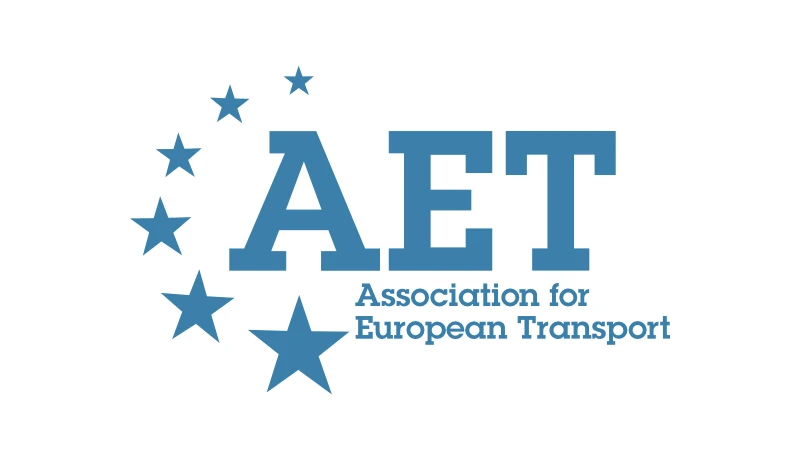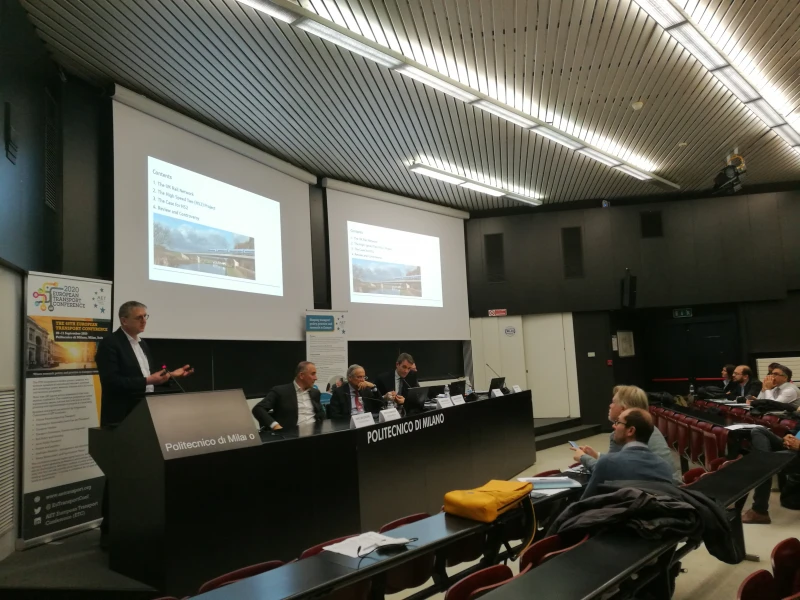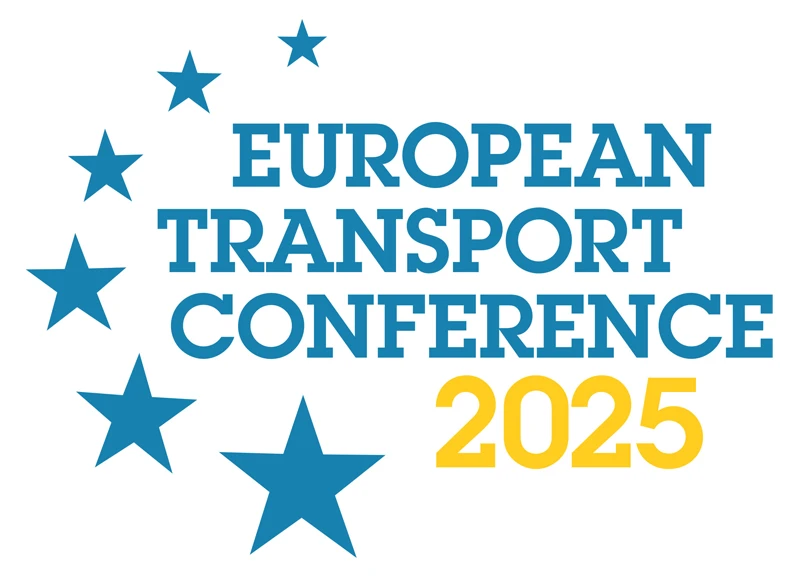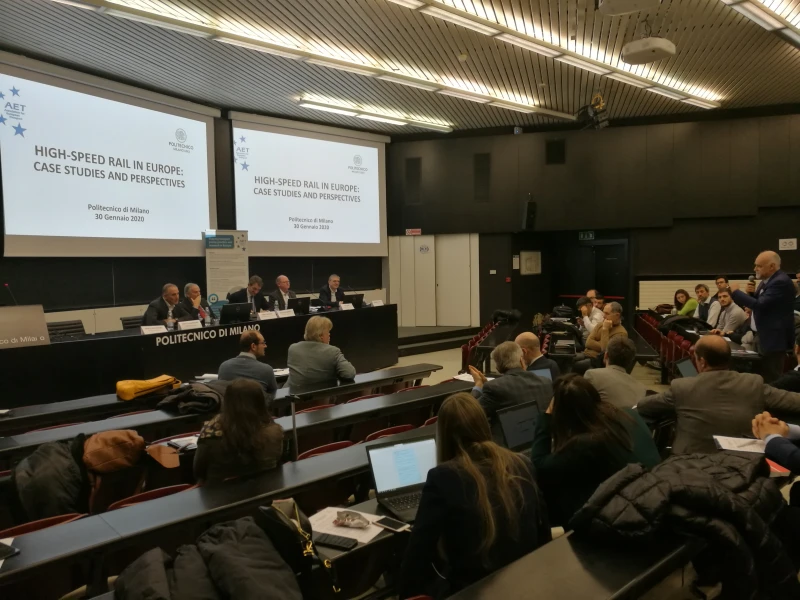-
Past ETC Papers
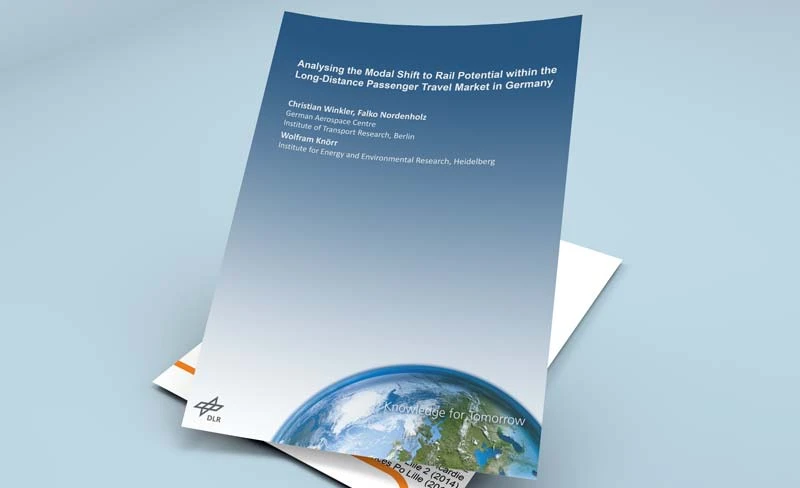
Browse, search and view papers from the past AET Conferences.
-
Members' Area
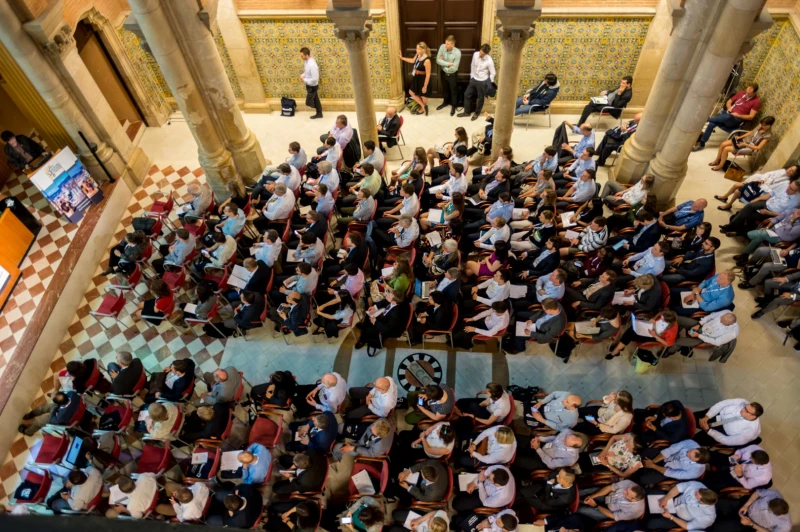
AET promotes networking and exchange of ideas, information and opportunities amongst members.
Conference Papers 2018
Dublin, Ireland
ETC Conference Papers 2018
Solving Stochastic Assignment To Transportation Networks with TVs and AVs
Seminar
Day 2 (11 Oct 2018), Session 4, New Methods for Modelling Connected and Autonomous Vehicles, 09:00 - 10:30
Status
Accepted, documents submitted
Submitted by / Abstract owner
Giulio E. Cantarella
Authors
Giulio E. Cantarella, Università degli Studi di Salerno, DICIV, Italy
Angela Di Febbraro, Università degli Studi di Genova, DIME, Italy
Massimo Di Gangi, Università degli Studi di Messina, DipIng, Italy
Orlando Giannattasio, Università degli Studi di Genova, DIME, Italy
Short abstract
This paper focuses on solving stochastic assignment to urban transportation networks, where paths likely overlap, with several types of vehicles, including both AVs and TVs, competing for the same arcs and jointly participating to congestion.
Abstract
Technologies for innovative vehicles such connected, automated, autonomous vehicles (AVs) are fast developing, thus they seem ready for substituting (privately owned) non-autonomous traditional vehicles (TVs) in the near future. Still, it may easily be anticipated that for several years mixed traffic is expected, thus the need of enhanced methods to support transportation project assessment and evaluation.
This paper focuses on methods for stochastic assignment to an urban network, where paths likely overlap. Probit path choice model, from Random Utility Theory, assumes that path perceived utilities are distributed according to a MVNormal random variable, and covariance matrix properly addresses path overlapping. On the other hand, no closed form is available for Probit choice probabilities, thus Montecarlo techniques based on Pseudo-Random Number Generator (PRNG) are commonly used.
In a recent paper, Cantarella and Di Febbraro (2017) showed how existing fixed-point models for stochastic equilibrium assignment can be extended to transportation networks where several types of vehicles, including both AVs and TVs, compete for the same arcs and jointly participate to congestion.
In this paper we will show how existing solution algorithms for equilibrium assignment can be enhanced to provide effective solutions for the above mentioned fixed-point models even for large scale applications. As said, main emphasis is on Probit-based stochastic assignment, deterministic assignment resulting a special case.
Algorithms based on the Method of Successive Averages (MSA) are the most used ones to solve fixed-point models for equilibrium assignment, since they can accommodate any choice model from Random Utility Theory, and are suitable for large scale applications, when explicit path enumeration may not be available. Their basic iteration requires:
(i) carrying out an assignment to an uncongested network to get arc flows from arc costs, and
(ii) the computation of cost functions to get arc costs from arc flows.
Generally MSA-based algorithms do not provide the equilibrium arc flow pattern in finite number of iterations, but only provide a succession of arc flow patterns; sufficient conditions for theoretical convergence of such a succession may be derived through applying the Blum theorem.
In this paper, first two specifications of Montecarlo algorithms for assignment to uncongested networks are presented: the efficiency of the commonly used Mersenne Twister Pseudo-Random Number Generator is compared with a PRNG based on Sobol (quasi-random) numbers. Then, several MSA-based algorithms for equilibrium assignment ot congested networks are analyzed: some step size strategies are proposed and compared with existing ones aiming at improving practical rate of convergence. Sufficient convergence conditions are presented for equilibrium assignment with arc cost flow functions with symmetric or asymmetric Jacobian matrix. Results of an application to a toy and to a test network are also discussed to support theoretical results.
Cantarella G.E., and A. Di Febbraro (2017). Transportation Systems with Autonomous Vehicles: models and algorithms for equilibrium assignment. In Transportation Research Procedia 27 (2017) 349–356.
Programme committee
Transport Models
Topic
Automated Driving and Connected Vehicles / Infrastructure
Documents:

Association For
European Transport
Forester House
Doctors Lane
Henley-in-Arden
Warwickshire, UK
B95 5AW
+44 (0) 15 64 793552
VAT number: 710 1866 64
Conference Supporters & Endorsers

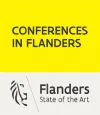


Legal Entity
The Association for European Transport is registered as an Association ('vereniging') with the Chamber of Commerce for Haaglanden in The Netherlands under company number 27170096.
Built on Zenario

